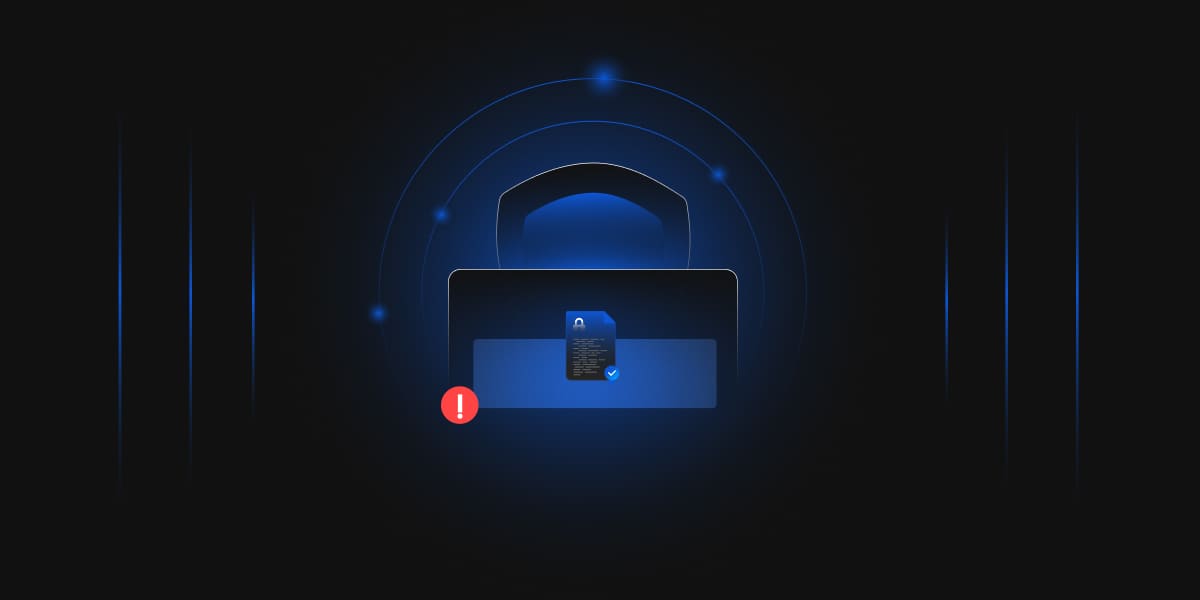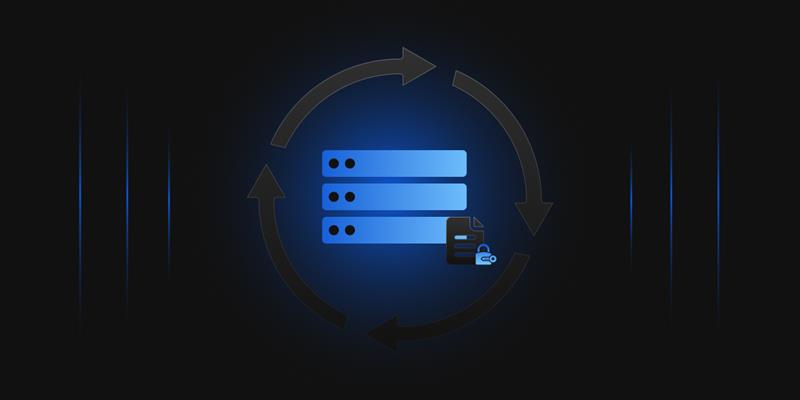Whatever information we send or receive on the Internet crosses through multiple computer networks to reach the desired place. So, any of the computers can see your data since it was not encrypted. It can be your private messages, financial messages, login credentials that are not encrypted. So, to protect our data, new Internet protocols were developed: Transport Layer Security (TLS), which is widely used. This was preceded by the Secure Sockets Layer (SSL).
Before knowing about TLS Certificates, we should know about TLS:
About TLS
TLS Stands for Transport Layer Security. It is a protocol that verifies the identity of the server. It establishes a session between two encrypted computers, and it works on the cryptographic protocol that establishes an encrypted session between applications over the Internet.
TLS uses a combination of both symmetric as well as asymmetric cryptography, as this provides a reasonable negotiation between performance and security when transmitting data securely.
TLS certificates usually contain the following information:
- The subject domain name
- The subject organization
- The name of the issuing CA
- The Public Key.
- Additional subject domain names, including subdomains.
- Issue date
- Expiry date
- The digital signature of the CA
Working of TLS Certificate
The server sends a TLS Certificate if a user connects to a server. To establish a secure connection, the user verifies the server’s certificates on the user’s device using CA certificates. Generally, Public-key cryptography is used in this verification process, such as RSA, to prove the CA signed the certificate. If you trust the CA, this demonstrates you are communicating with the server certificate’s subject.
Does this imply we are using a fully secured process?
Well, Yes to a few extents but not always. It gives birth to Disadvantages of TLS Certificates.
Disadvantages of TLS Certificate
Generally, TLS certificates are considered to be secured, but there are ways by which imposters can attack and compromise TLS:
By Attacking CAs directly
CA must be secured for TLS certification to function appropriately; any infringement of CA could lead to incorrect authorization of keys.By mistakenly issued certificates
Sometimes a certificate issue happens that gives a vulnerability that hackers can exploit because generally, a customer trusts CAs to authenticate the server they want to connect. When we are associated with an insecure internet connection, it could lead to disaster. An attacker can use a miss-issued certificate in their favor, and it can compromise your relationship with the server.
Certificate store poisoning
If an imposter gets into your system, they can gain all access to your digital certificate, which is stored on that device, and insert a root certificate that allows them to impersonate a website and read all data sent to it.
SSL Certificates
An SSL certificate is a data file that contains the public key, the identity of the website owner, and some other information. It is a file that is installed on the website’s original server. A website’s traffic can’t be encrypted with TLS without an SSL certificate.
Every website owner can create self-signed certificates that are their certificate. Still, browsers don’t consider the self-signed certificate as secure as a certificate issued by a certificate authority.
Types of SSL Certificates
There are many Validation level SSL Certificates, which are available:
Domain validated certificate:
The primary purpose of a domain validated certificate is to make a secure connection between the domain web server and browser. DV certificate requires the lowest level of validation. The purpose of CA is to verify that the owner has control over the domain.
Organization validation certificates:
The CA checks an organization’s right to use the domain and organization information in organization validated certification. OV certificate requires a medium-level validation, and it increases the trust level of the organization and its domain.
Extended validated certificates:
In extended validated certification, CA conducts rigorous background checks on the organization based on guidelines that include verification of the entity’s legal, physical, and operational existence. EV certificates require high-level validation.
Use of Encryption by SSL/TLS
SSL/TLS protocol is used to encrypt internet traffic of every kind, making secure internet communication and internet commerce possible. Encryption is used as it increases the integrity and confidentiality of message transfer. It is necessary if your data is not encrypted; anyone can see your transmission and temper your confidential data.
SSL/TLS uses both asymmetric as well as symmetric methods of encryption. SSL uses symmetric encryption to encrypt data between the browser and web server. In contrast, asymmetric encryption is used to exchange generated symmetric keys which validate the identity of the client and server.
Asymmetrical cryptography is the safest method of encryption; it requires two cryptographic keys: public and private. This process is complex as it uses mathematical formulas that are difficult to reverse-engineer by Brute force.
Encryption using symmetrical cryptography is relatively much less intensive as compared to asymmetric cryptography.
How to know if Your site contains an SSL certificate
To check whether your website has an SSL certificate or not, follow these steps:
- A trust seal.
- A green address bar when an EV SSL certificate is issued.
- Padlock to the left of a URL.
- An https URL prefix instead of http.
Conclusion:
TLS is a cryptographic protocol that establishes an encrypted session between applications over the Internet. It uses a combination of symmetric and asymmetric cryptography. The server sends a TLS Certificate if a user connects to a server. To establish a secure connection, the user verifies the server’s certificates on the user’s device using CA certificates.
There are a few disadvantages of TLS certificates: attacking CAs directly, mistakenly issued certificates, and certificate store poisoning. An SSL certificate is a data file containing the public key, the identity of the website owner, and some other information; it is a file installed on the website’s original server. SSL/TLS uses both asymmetric as well as symmetric methods of encryption.
SSL uses symmetric encryption to encrypt data between the browser and web server. In contrast, asymmetric encryption is used to exchange generated symmetric keys which validate the identity of the client and server.




